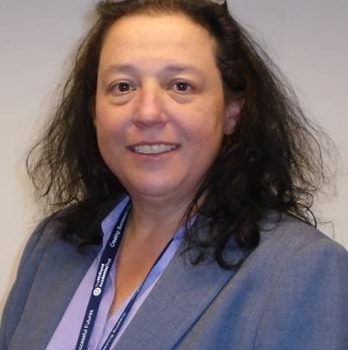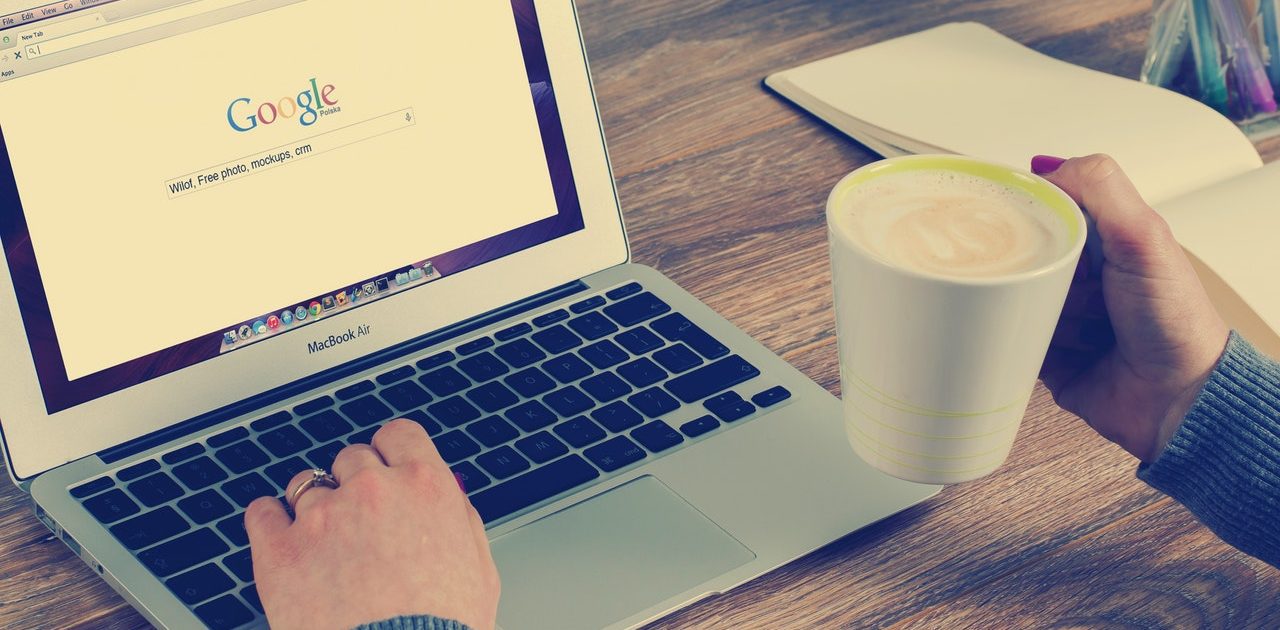

In the last of her series on Research and Information Fluency, Janelle shares how she encourages teachers to set up PBL throughout the curriculum and why it isn’t scary. She also shares some more general tips.

I feel like there are four main areas that education should be focusing on to best prepare our students for success in life: Communication and Collaboration, Critical Thinking and Problem Solving, Creativity and Innovation, and Research and Information Fluency. If we are empowering students to use these skills and strategies to drive their own learning, then they will be better equipped to succeed outside of the school environment. This last article in this series focuses on projects and tools that will help students develop their Research and Information Fluency skills.
Projects that naturally involve students in using research and information fluency skills include:
There are many tools and resources to use to foster research and information fluency skills. We don’t want students relying on the teacher as the sole expert in the classroom, just like we don’t want them just choosing the top link displayed in a Google search. Some tools and strategies that help students as they learn these skills include:
Giving students regular opportunities to conduct research will increase their digital literacy skills. Do you have a favourite tool or method?